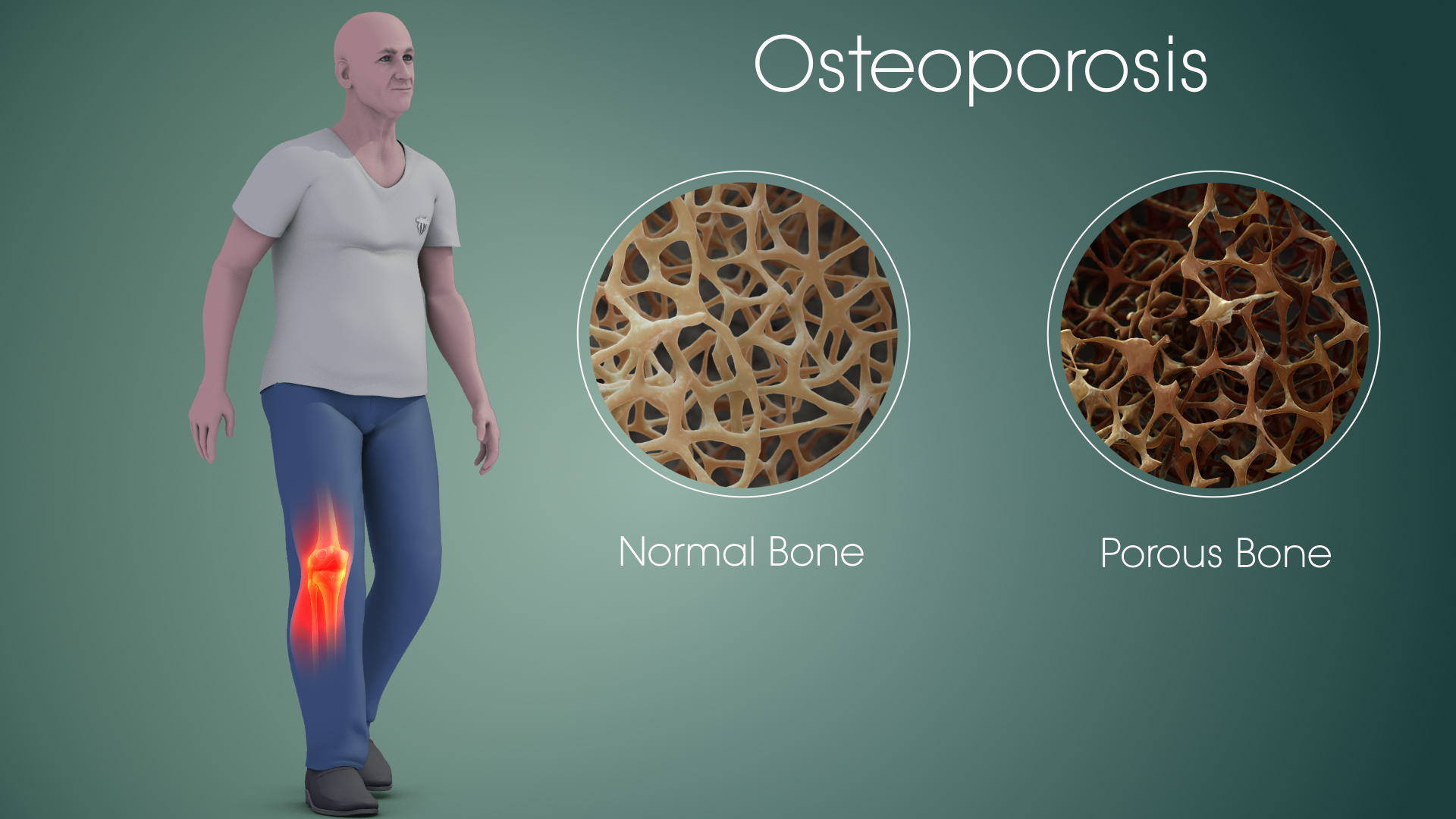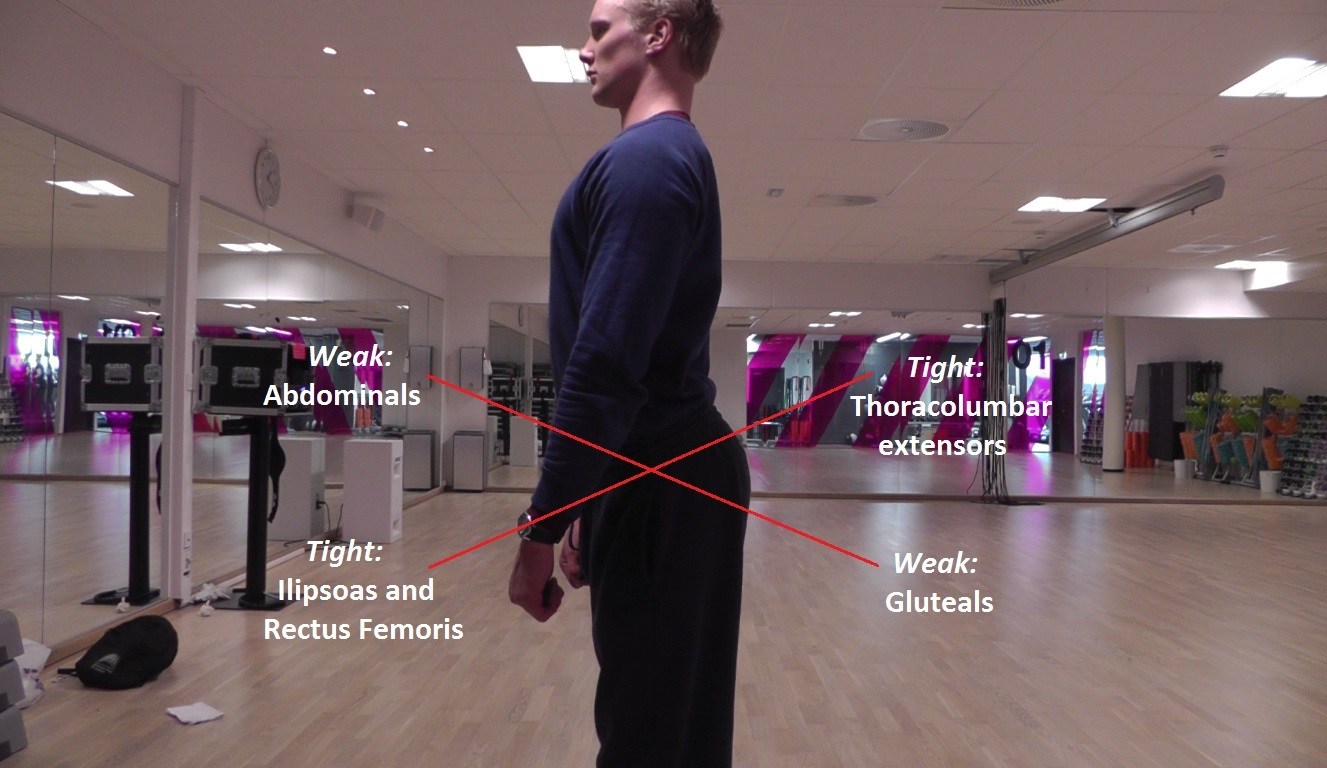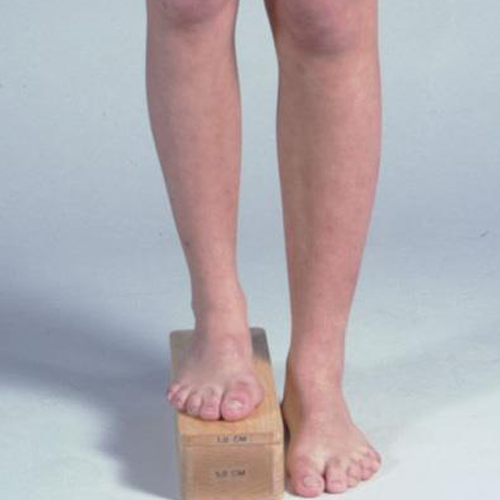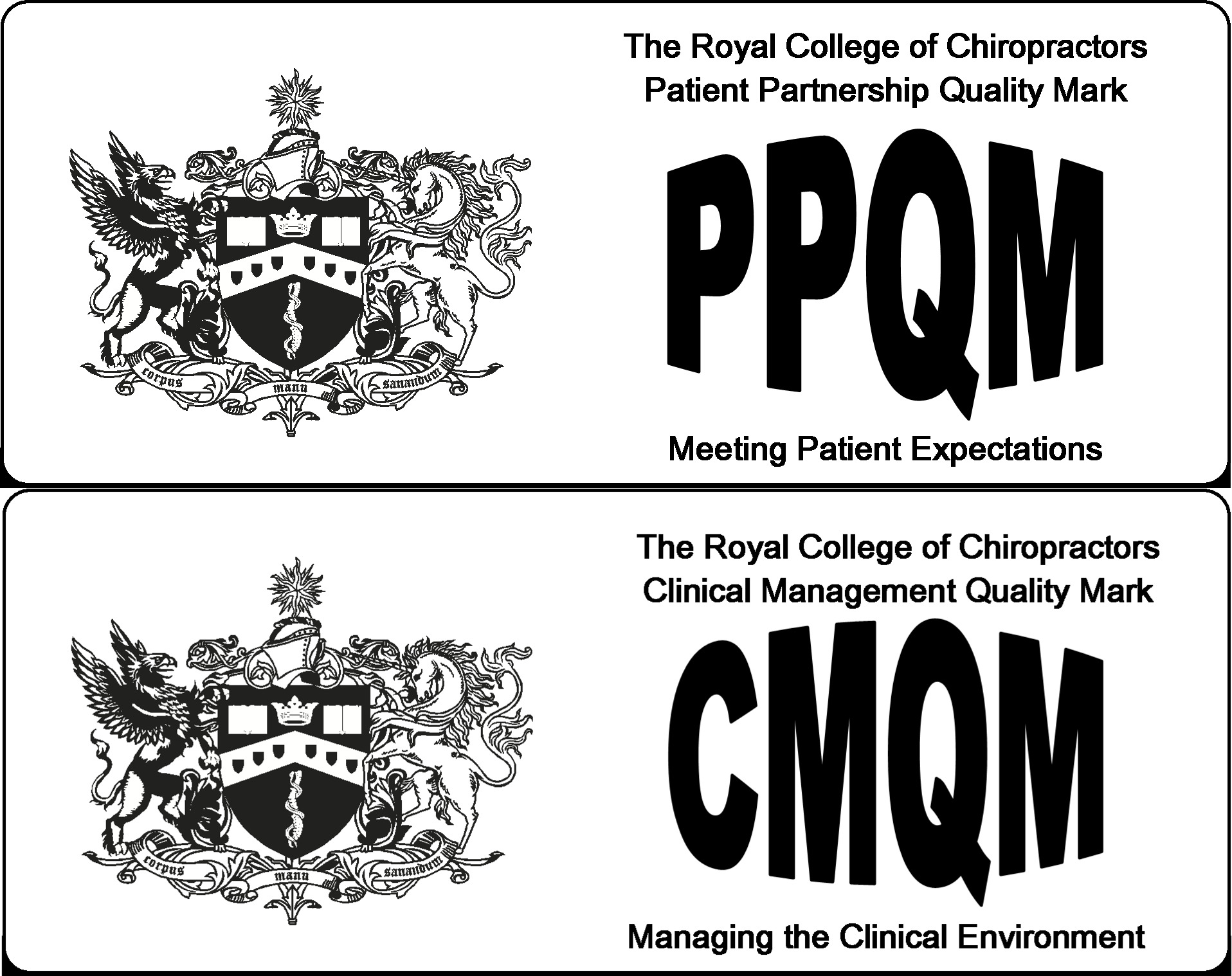LOWER CROSSED POSTURE
What is a good posture?
‘Pelvic neutral’ is a good lower body posture to assume. One way to find this position is to lie on the ground with your knees bent, keeping your feet on the floor. Tilt your pelvis backwards, flattening your lower back against the floor, then tilt your pelvis forwards by arching your lower back. Pelvic neutral is the halfway point between these two end points, and ensures an optimum position for the lower spine, pelvis and the surrounding muscles.
One of the most common poor postures is ‘lower crossed syndrome’. The lower back muscles become unbalanced causing the pelvis to roll forwards. This results in weakened abdominal and buttock muscles, and tight lower back muscles creating an increased curvature in the lower back (hyperlordosis) as shown below.
As with an upper body poor posture, if this posture is not addressed, the normal length of the postural muscles change, becoming unbalanced and weak, potentially causing problems that can affect the joints of the spine and make them more susceptible to injury. Adopting a military posture with your shoulders pulled back and downwards, the back straight and your tummy muscles pulled in towards your spine can help to keep the muscles balanced and reduce posture induced problems.
To prevent some of the pain from a poor posture, pull the belly button in towards the back of your spine using just your stomach muscles, remembering to relax and breath at the same time. Hold this ‘brace’ for 10-15 seconds, then relax. Combining this exercise with rolling the shoulders backwards and downwards can help maintain a healthy posture.
Carrying bags
The loads that we carry can affect posture and cause damage to the muscles and ligaments of the spine. The way in which a bag is carried can be a strong factor in reducing back pain especially in children with heavy school bags or adults carrying laptops:
- If a bag is carried, a rucksack is the best option as long as it is carried over both shoulders.
- Adjust the straps so that the bag is held close to the back and weight is evenly distributed. Keep it light – make sure unnecessary excess weight is not carried.
- Good sensible footwear can also help to maintain a good posture and reduce back pain.
It is common misconception that Chiropractors only treat back and neck conditions. Here are some conditions that Chiropractors encounter and help with every day.
Osteoporosis
Osteoporosis is a disease in which bones become brittle, fragile and more likely to fracture due to a loss of calcium and other mineral components. This condition is often called the “silent disease” because bone loss may occur without symptoms. Chiropractic care can aid osteoporotic patients in the management of their condition and the restoration of biomechanical function through advice and low-grade mobilisation techniques although cannot in itself reverse the condition.

Nutrition
Diet is one of the most important contributions to our health. Nutritional deficiencies are linked to many of today’s chronic diseases such as diabetes, heart disease, arthritis and even cancer. Your Chiropractor can provide nutritional advice.
Pregnancy and back pain: If you experience back pain during your pregnancy, you share the problem with almost half of all pregnant women. Your Chiropractor may be able to offer relief.
Headaches & Migraines
More than 10% of the UK’s population suffers from headaches. They are the most frequent reason people seek healthcare advice. There are over 20 varieties of headache, but the most commonly treated are migraine, tension, and cluster.
Care should be taken when lifting heavy objects and steps taken to prevent falls thus minimising the risk of breaking bones.




